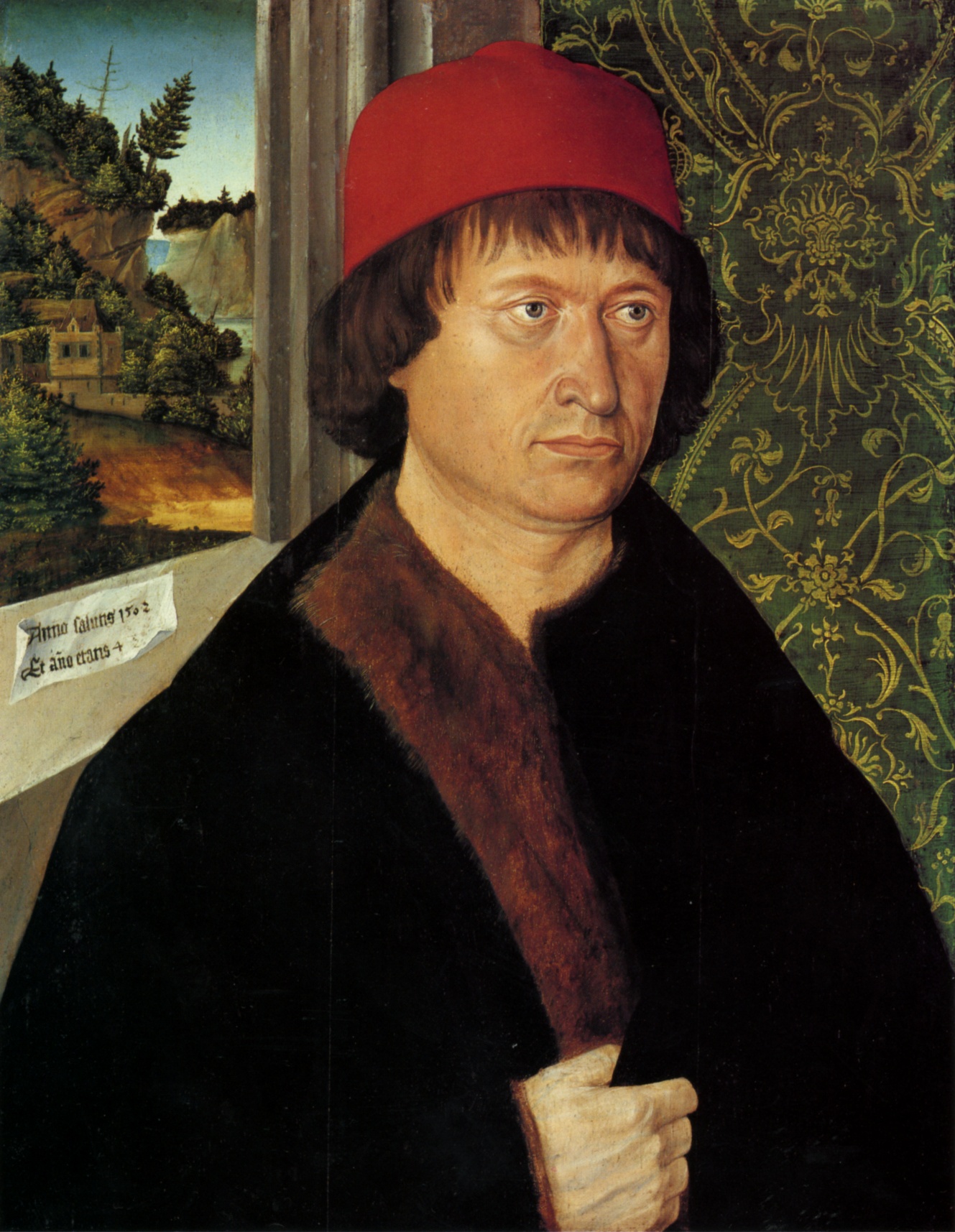- Hugo von Hohenlandenberg
Infobox Bishop
honorific-prefix =
name = Hugo von Hohenlandenberg
honorific-suffix =
bishop_of = Bishop of Konstanz

caption =
province =
diocese =
see =
enthroned =1496
ended =1532
predecessor =
successor =
ordination =
consecration =
other_post =
birth_name =
birth_date =1457
birthplace =Winterthur ,Switzerland
death_date = death date|1532|1|17
deathplace =Meersburg ,Germany
buried =
nationality =
religion =Roman Catholic
residence =
parents =
spouse =
children =
occupation =
profession =
alma_mater =
Hugo von Hohenlandenberg (c. 1457 in
Schloss Hegi beiWinterthur [ Zurich ] -7 January 1532 inMeersburg ,Germany ) wasBishop of Konstanz from 1496 to 1529, and again in 1530/1531 until his death in 1532.Biography
Hugo von Landenberg was born around the year 1457 in Oberwinterthur near Zurich. He was born into a wealthy aristocratic family which owned estates near Zurich. Like many younger sons from aristocratic families, Hugo entered the Church early in life.
His first known Church position came in 1484 when he was appointed provost of Saint Mary's at
Erfurt . He was later a canon atBasel ,Constanz , andChur from 1486 until 1492, when he was promoted todeacon . The cities are on the border of modern Germany and Switzerland.In October 1496 he was elected by the Cathedral Chapter of
Konstanz as the new Bishop of the diocese. He was installed as Bishop in Konstanz on 18 December 1496.He became bishop of Konstanz at a difficult time. The issue was due to increasing conflicts with the bishop of Konstanz, since 1506 increasingly in MeersburgFact|date=July 2007.
He facilitated reforms in his diocese and did not interfere with the spread of
Reformation ideas. Hugo was in agreement with the reformerZwingli on a number of topics, particularly on indulgences, until the publication of two of the latter's works, "Apologetic vs Archeteles Adpellat vs" (Zürich, 1522) and a petition arguing against the need for priestly celibacy, when his opinions shifted dramatically. His response came swiftly in a short work defending the Church's position on celibacy, entitled "Ernstliche Ermanung des Fridensund Christenlicher Einigkeit des durchlüchtigen Fürsten unnd genädigenHerren Hugonis vo [n] Landenberg Bischoff tzu Costantz mitt Schönerusslegung unnd erklärung, vast trostlich unnd nutzlich zu lässen,nüwlich ussgangen" ((Augsburg), 1522/23).The irony is that, according to the canon of Constanz, Johann von Botzheim, Hugo was romantically involved with a mayor's daughter. To cover this information and discredit its source, the bishop initiated an investigation of Botzheim for heresy for his reformist beliefs. Despite his best efforts, Hugo lost his battle against the rising tide of the Reformation as the Constanz reform movement steadily grew, and in 1526 Hugo and his chapter moved from the city to his castle at Meersburg, leaving the city to the followers of
Martin Luther and Zwingli.He resigned his see on 5 January 1529, but resumed his duties near the end of his life due to the untimely death of his successor to the see, Balthasar Merklin.
In retrospect Hugo von Hohenlandenberg can be grouped with contemporary Bishops of the Catholic Church such as
Guillaume Briçonnet andChristoph von Utenheim who attempted, unsuccessfully, to reform the Church along evangelical lines without breaking up ecclesiastical unity.Relevant works of art
Note: "This is directly translated from the German Wikipedia article, without verification of translation"
The following important works of art owe themselves Hugo von Hohenlandenberg:
* So-called high landing mountain altar, around 1500. The wing altar, today in the national arts center
Karlsruhe , shows on the left wing St. Konrad and the kneeling Figure of the bishop as founders - however without haven guessing similarity -, on the right wing St.Pelagius , in the center a Kreuzigungsszene before a typed city window blind. The author of the late medieval oil up wood painting could not be determined so far.* So-called Bockstorfer altar, 1524, Konradikapelle of the Konstanzer of cathedral. As painters Christoph Bockstorfer and Matthaeus property right the younger one come into consideration, possibly under cooperation of Philipp Memberger. The altar survived as only the picture storm, because it stand in the Bischofspfalz and not in the cathedral. The
Triptych on shows diocese-holy Konrad and Pelagius on the wings, on the middle board a figure-rich Kreuzigungsszene.* Illustrated Latin missale of the bishop with book painting, originally four-restrain. Bd. 2-4 is appropriate today in the Erzbischoeflichen archives of Freiburg in mash gau (Cod. there 42, 2-4), which became first volume 1832 in single sheets sold (see also cathedral library Konstanz).
Under bishop von Hohenlandberg at the Konstanzer cathedral was begun 1497 with the building of the central tower. After a fire 1511 the building remained however unfinished. Further it gave the order for new organ and an artful carved organ loft to 1515.
The bishop let the castle Meersburg extend starting from 1508 and develop to the bischoeflichen residence. Also it let the Schloss
Arbon extend substantially.External links
* [http://www.bautz.de/bbkl/h/hohenlandenberg_h.shtml Entry (with literature data) in the biographic-bibliographic church encyclopedia (BBKL)] "(German language)"
* [http://www.zum.de/Faecher/G/BW/Landeskunde/rhein/geschichte/spaetma/kh/hohlandbg2.htm Kreuzigungsbild from the missale] "(German language)"
Wikimedia Foundation. 2010.
